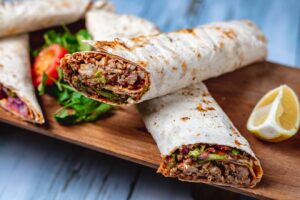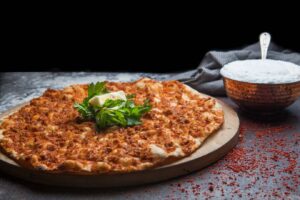The Food & Recipes Blog
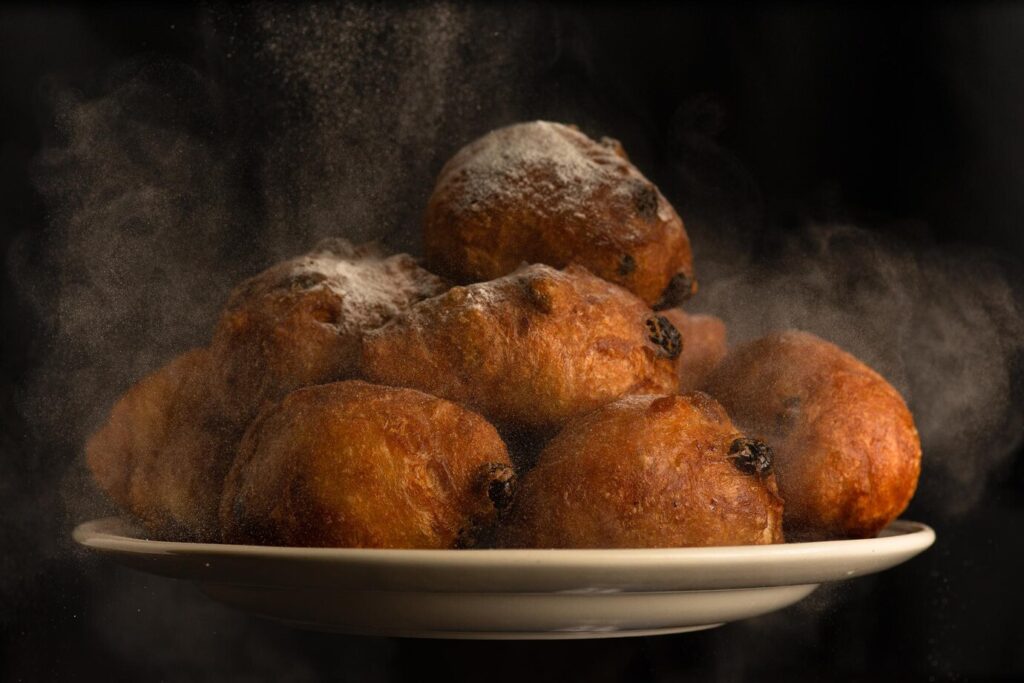
Samoan Panikeke: The Island Doughnut Delight
Crispy outside yet fluffy inside, Samoan panikeke is no mere sweet snack. It’s a cultural icon, a comfort food, and a symbol of island hospitality.
Panikeke is favoured at the breakfast table and community gatherings in Samoa and much of Polynesia. Commonly called “island doughnut” in English, this deep-fried, golden-brown bite-sized sweet has charmed palates for generations. Served at su’iga (as Sunday to’ona’i is known in these parts), sold in roadside stalls or prepared at home with love, panikeke is woven so deeply into the fabric of Samoan culture that it is reported to have initially replaced tapa cloths and coconut palms.
This short article explores what makes Samoan panikeke a unique treat. Tracing the origins from the Polynesian food traditions, you will delve into the rich flavours, history, and joy behind this island favourite through its making and enjoyment today.
What Is Samoan Panikeke?
Samoan pancake (pronounced pah-nee-keh-keh) is a traditional deep-fried dough ball with a subtly sweet flavour and fluffy texture. While it might be compared to Western doughnuts, panikeke has a unique identity—no icing, no filling, just simple, satisfying dough fried to perfection.
Key Characteristics of Panikeke:
- Shape & Size: Typically round or oval, about the size of a golf ball.
- Texture: Light and airy inside, crisp and golden outside.
- Flavour: Mildly sweet with hints of banana or vanilla, depending on the recipe.
- Serving Style: Often served warm, sometimes with coconut syrup or tropical fruit.
This island doughnut is usually made with pantry staples – flour, sugar, milk, baking powder, and ripe bananas. The simplicity of the ingredients makes it an accessible and affordable treat across Samoa and other Polynesian islands.
A Deep Dive into Polynesian Food Culture
The Role of Panikeke in Island Life
In Polynesian culture, food is more than sustenance – a connection to family, community, and tradition. Meals are often shared, and recipes are passed down orally through generations. Panikeke, with its ease of preparation and comforting taste, is usually one of the first recipes children learn from their elders.
Whether accompanying Samoan koko alaisa (cocoa rice) for breakfast or being served at festive occasions, panikeke represents togetherness and warmth. In Samoan villages, it is common to see mothers frying up batches in the early morning, the scent wafting down dusty roads, drawing neighbours and passersby alike.
How to Make Samoan Panikeke at Home
Want to try making this Polynesian delicacy in your kitchen? Here’s a traditional recipe to get you started.
Ingredients:
- 2 ripe bananas (mashed)
- 1½ cups all-purpose flour
- 2 tsp baking powder
- ¼ cup sugar
- 1 tsp vanilla extract
- ½ cup milk or coconut milk
- A pinch of salt
- Oil for deep frying
Instructions:
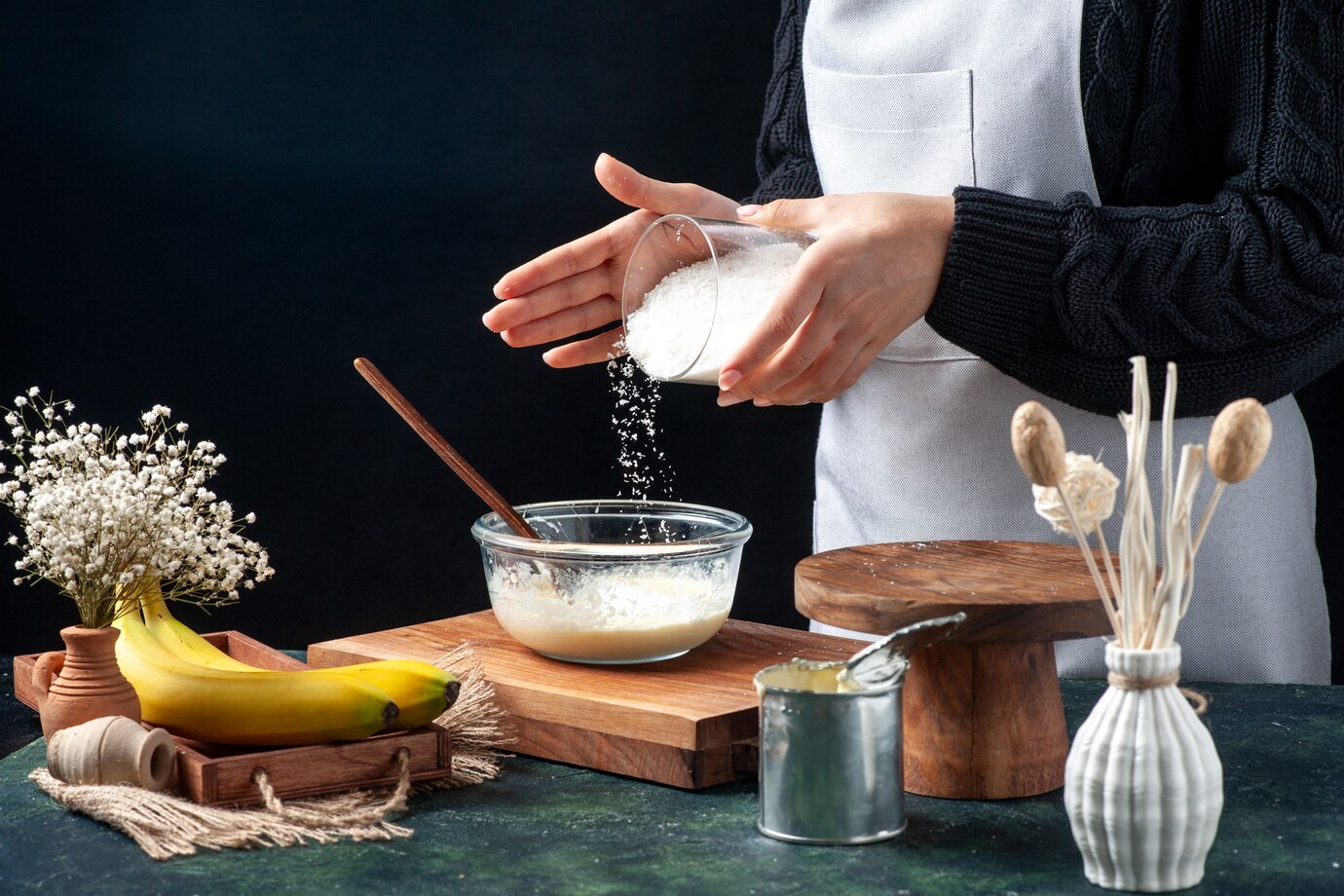
- In a mixing bowl, mash the bananas until smooth.
- Add flour, sugar, baking powder, and salt. Mix well.
- Stir in vanilla and milk gradually until a thick batter forms.
- Heat oil in a deep pan over medium-high heat.
- Drop spoonfuls of batter into the hot oil. Fry until golden brown, turning occasionally (about 2–3 minutes).
- Remove and drain on paper towels. Serve warm.
Optional: Drizzle with coconut cream or dip in caramelised pineapple syrup for a tropical twist.
Panikeke Variations Across Polynesia
Though Samoan panikeke is widely loved, it’s not the only version of this treat in the Pacific. Similar dishes pop up across the region, each with local flair.
Tongan Panikeke:
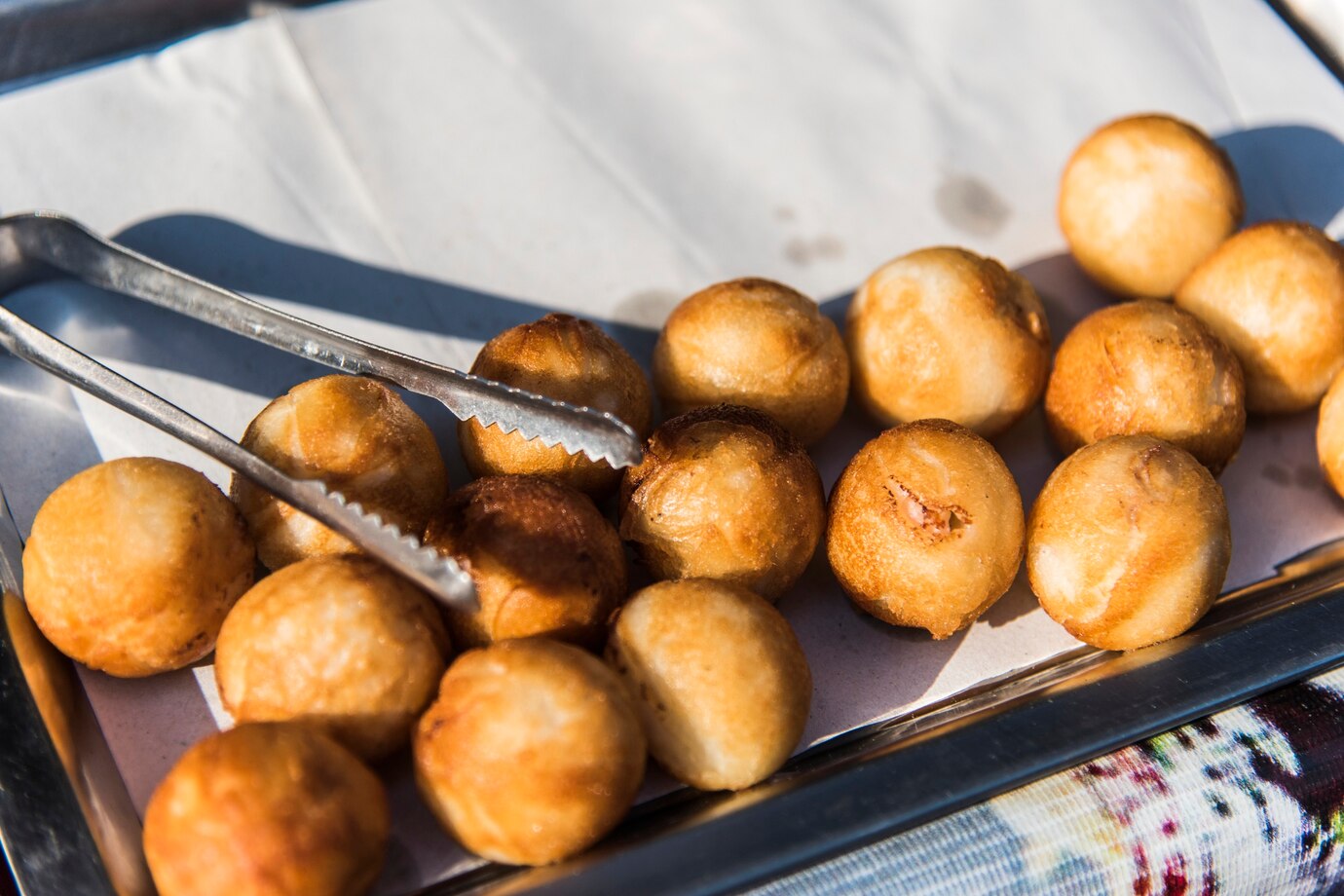
Often denser and shaped like small rugby balls, these may include grated coconut or nutmeg for added depth.
Fijian Doughnuts:
Typically served larger and slightly less sweet, sometimes with a side of tea or coffee.
Hawaiian Influence:
Malasadas (Portuguese-inspired doughnuts) are hugely popular in Hawaii, but Polynesian immigrants have also introduced panikeke-like snacks to the local food scene.
These regional twists highlight Polynesian food’s adaptive, communal nature – recipes evolve, but the sense of home and heritage remains.
Healthier Takes and Modern Interpretations
As the world becomes more health-conscious, even traditional island treats are getting a makeover. While panikeke is best enjoyed fried, some cooks have experimented with baking or air-frying for a lighter option.
Healthier Adaptations:
- Use whole wheat flour for added fibre.
- Substitute sugar with honey or mashed dates.
- Try air-frying to reduce oil content while keeping the crispness.
Tip: Serve with fresh fruit or Greek yoghurt to balance the richness.
Modern food bloggers and island chefs also experiment with flavours—from chocolate chip banana pancakes to passionfruit-glazed variations. These innovations bring new life to old traditions, making Samoan panikeke relevant for future generations.
Where to Try Samoan Panikeke
Local Eateries & Community Events
If you’re visiting Samoa or regions with large Polynesian communities (like Auckland, Sydney, or parts of California), you’re likely to find yourself panicked at:
- Roadside food stalls
- Church or school fundraisers
- Family-run bakeries
- Cultural food markets
In these spaces, panikeke is a bridge between generations and cultures, welcoming newcomers and bringing people together.
Online Polynesian Food Retailers
Some speciality food stores offer frozen versions or panikeke mix for those living abroad. While nothing beats a fresh batch, these options are a great way to taste the islands at home.
Cultural Significance Beyond the Plate
Beyond its flavour, Samoan panikeke is a symbol of identity. In diasporic communities, it often serves as a nostalgic reminder of ‘home’ and a way to keep cultural practices alive. Cooking panikeke together is a shared act, whether for a church bake sale in Auckland or a birthday celebration in Apia.
As second- and third-generation Polynesians grow up abroad, food traditions like panikeke become essential for maintaining a connection to heritage. In a world where cultures blend and borders shift, a simple doughnut can be an anchor, reminding people who they are and where they come from.
The Lasting Joy of Island Doughnuts
Samoan panikeke is more than a delightful snack—it embodies island hospitality, cultural resilience, and culinary creativity. From humble ingredients, it produces a powerful sense of connection, memory, and joy.
Whether you’re an islander longing for a taste of home or a food lover looking to explore Polynesian flavours, panikeke is a sweet starting point. Easy to make, even easier to share – and once you’ve tried one, it’s hard to stop at just a few.
Ready to bring the taste of the islands to your kitchen? Try the recipe above, or visit a Polynesian food market near you to experience this delicious tradition. Don’t forget to share your creations and stories – because every panikeke has a tale to tell.
Love learning about traditional foods like Samoan panikeke? Subscribe to our blog for more Polynesian recipes, cultural stories, and cooking tips. Share your panikeke photos with us using #IslandDoughnutDelight – we’d love to see how you bring this iconic dish to life!




